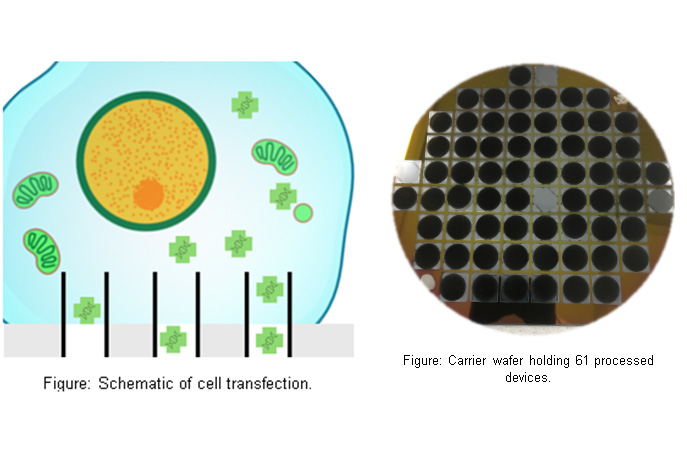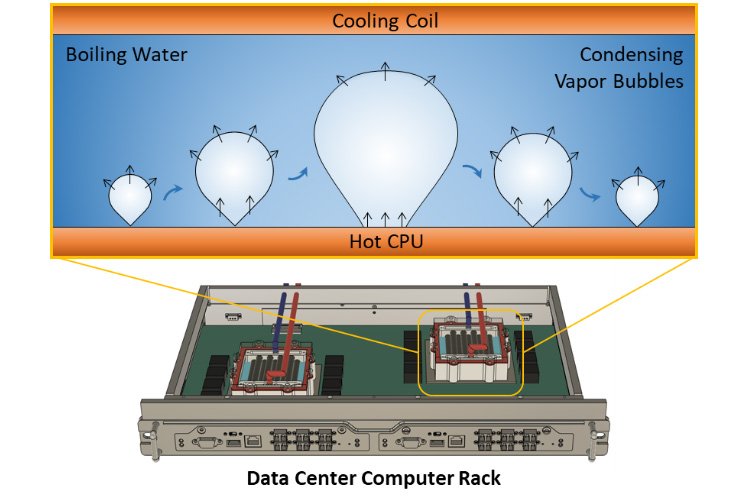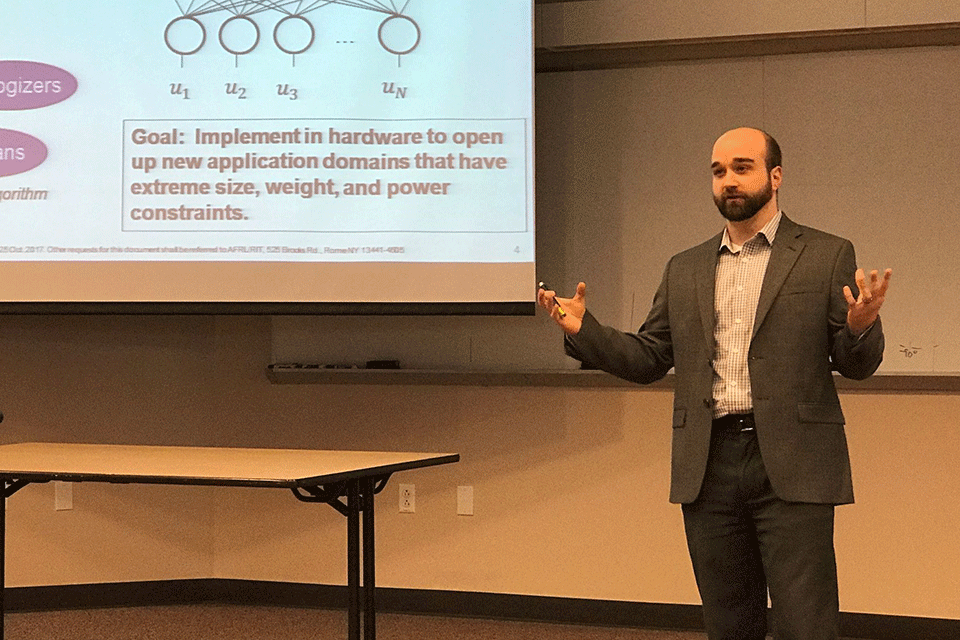Fabricating carbon nanotube arrays for more accessible cancer treatments
Novel cell therapies for genetic illnesses such as leukemia, HIV and lupus are exorbitantly expensive, where a significant portion of these costs are associated with modifying patient’s cells using today's available gene transfer techniques. The application of carbon nanotube (CNT) arrays for gene transfer has the potential to reduce these costs and make gene therapy more accessible.

Novel cell therapies for genetic illnesses such as leukemia, HIV and lupus are exorbitantly expensive, where a significant portion of these costs are associated with modifying patient’s cells using today's available gene transfer techniques. Current techniques such as lipofection and viral vectors for cell transfection, which are introducing biomolecules into cells, require dedicated facilities staffed with technical experts. The application of carbon nanotube (CNT) arrays for gene transfer has the potential to reduce these costs and make gene therapy more accessible.
CNT arrays are produced from self-aligned anodic aluminum oxide (AAO) membranes that serve as nanoporous templates; Carbon nanotubes are formed within these pores by deposition of amorphous carbon via Chemical Vapor Deposition (CVD) and then exposed at the membrane surface by selective Reactive Ion Etching (RIE) processes. CNT devices produced this way have been shown to be effective substrates for cell transfection to introduce biomolecules into cells.[1].
The current stand of this research involves optimizing the manufacturing processes to create these devices and to improving the yield of devices produced. The yield has been improved by implementing larger carriers which would allow for more devices to be produced within single runs of tools. Introducing a larger boat to hold the devices in the CVD tool used to deposit carbon has allowed deposition yield to be dramatically increased from 2 to 70 devices within a single run, yield for the clean room reactive ion etching (RIE) process was also improved by means of fabricating various carrier wafers built to specifically hold the CNT devices. These processes were then optimized to reach previously achieved manufacturing benchmarks, by means of increasing process time and employing alternative tools. The device yield improved from 0.25 devices to 4 devices produced per hour of processing, these optimized processes also slightly improved the quality of the microstructures of the CNT array devices.
Increasing yield of fabrication allowed variability in the fabrication process to be measured and characterized, fabricated devices met benchmarks values of microstructure dimensions as previous devices. Variation of device dimensions was reported to be within a range of 15nm in exposed tube heights, data also showed that tip height variation reduced by approximately 8% from 19% to 11% nonuniformity. The future of this project lies in further exploring larger AAO templates, templates with different pore characteristics and studies focusing on optimizing process parameters for each step of fabrication.
[1] “High‐Efficiency Gene Transfection of Cells through Carbon Nanotube Arrays - Golshadi - 2016 - Small - Wiley Online Library.” Accessed: Aug. 22, 2024. [Online]. Available: https://onlinelibrary.wiley.com/doi/10.1002/smll.201503878






